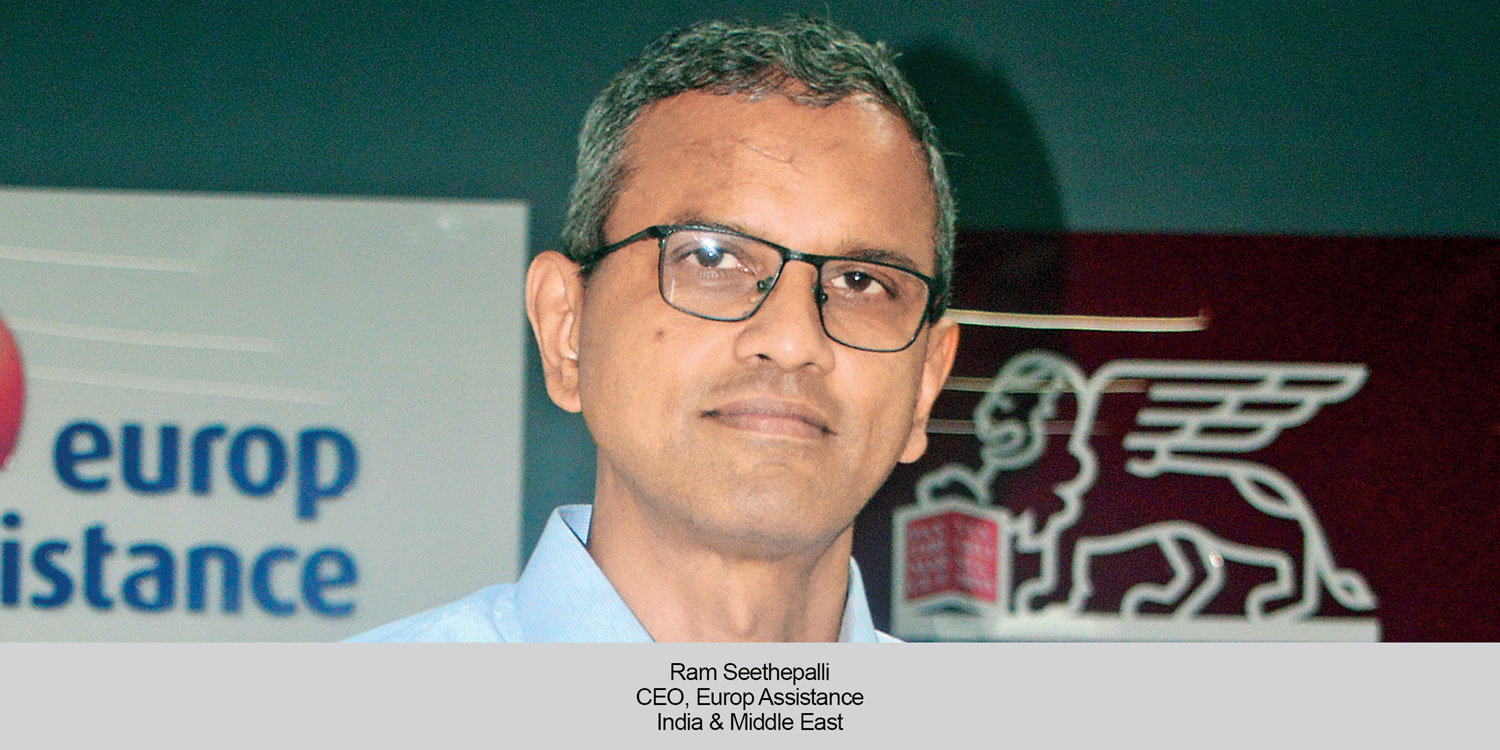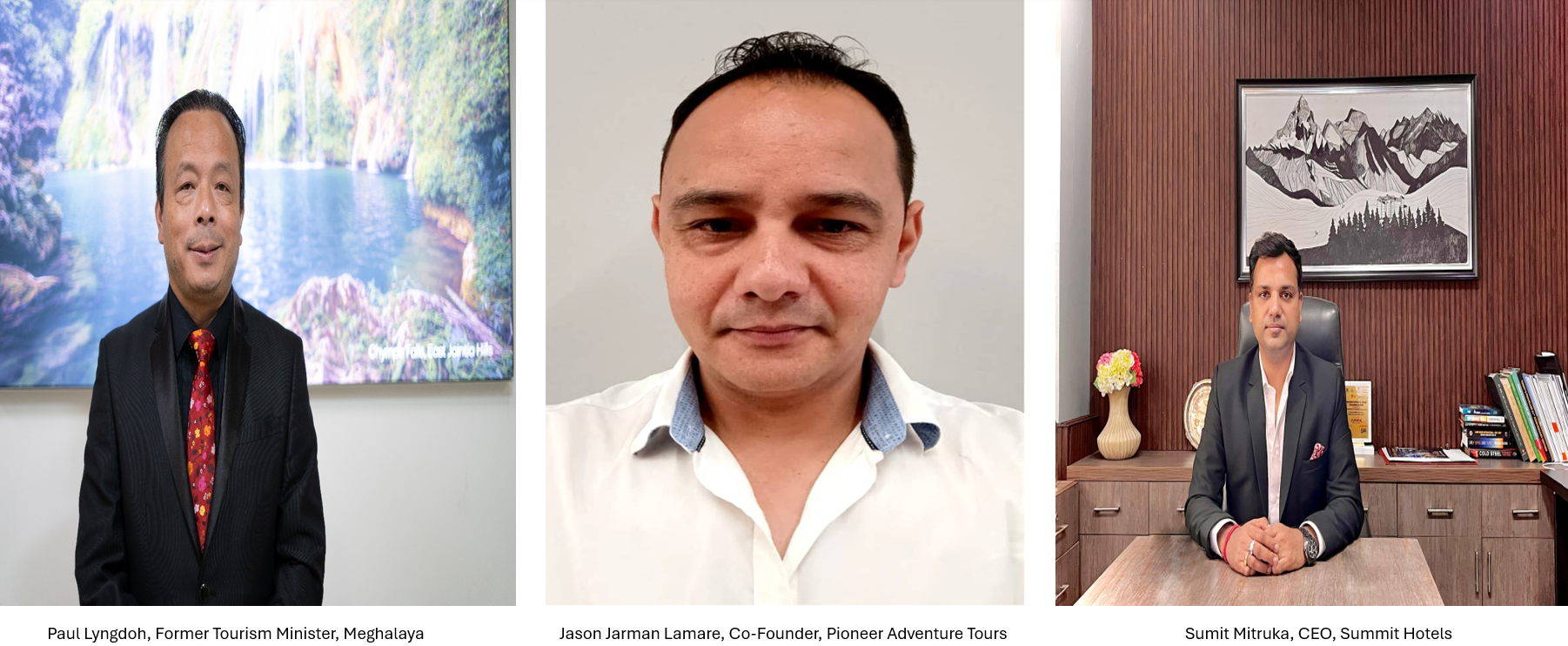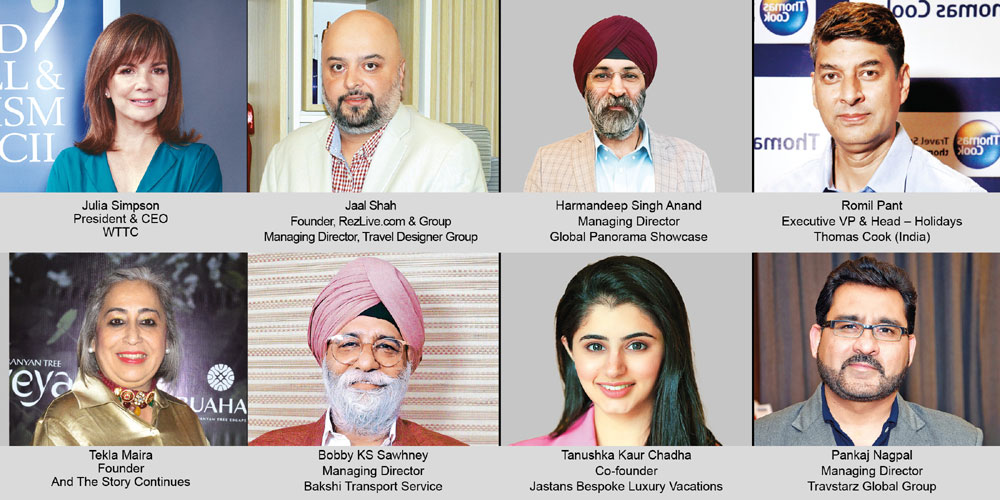Industry stakeholders say that the success of ‘Chalo India’ campaign lies in sustained efforts by the Government of India and its integration into broader promotional strategies.
Janice Alyosius
The Ministry of Tourism’s ‘Chalo India’ campaign, launched recently at WTM London, aims to rejuvenate India’s inbound tourism by offering 100,000 free e-visas to foreign nationals upon recommendation by Overseas Citizen of India (OCI) cardholders. While the initiative has drawn varied responses from stakeholders, its true potential hinges on addressing several operational and strategic gaps.
Rajiv Mehra, President, IATO, said that ‘Chalo India’ campaign has evoked a mixed response. “If the 100,000 free visa could have been given to all without the recommendation of the OCI card holders the impact would have been far reaching. The campaign has definitely generated a buzz among clients and networks. However, requiring recommendations from OCI cardholders limits its impact, especially in regions like the Middle East and far-east, where fewer OCI cardholders reside. Broader eligibility criteria or alternative validation methods could significantly enhance its inclusivity and appeal,” he remarked.
Ravi Gosain, Vice President, IATO, appreciated the government’s gesture but expressed concerns over the campaign’s reach. “I am not sure if OCI’s will be ready to go through the online process of registration to get the desired code to avail gratis visa for their non-Indian friends or colleagues. However, I think it is a good gesture from Indian government to give importance to Indian diaspora and motivate them to promote India among their non-Indian friends. Although it is too early to say the outcome of this campaign but till now, I have not heard of any unprecedented surge in interest or inquiries to India because of the OCI recommended free visa initiative.”
Operational challenges
Several leaders have voiced concerns about the campaign’s execution. Rajnish Kaistha, Sr. Vice President, IATO, points out the lack of a robust marketing push, “It’s too early to say about queries on India visit due to free e-visa incentive which should have been without any OCI rider and that could be a game-changer. First, the Government of India needs a big marketing spend in tourist generating markets about Chalo India. No campaign, no results is how I look at it. Government should plan in advance and year-long calendar of promotional activities by participating in foreign trade fairs, India roadshows and share confirmed details with the industry and then our members shall plan in advance and budget to participate in such shows for positive results.”
Tony Marwah, Executive Committee Member, IATO, raised important questions, saying, “In the absence of comprehensive media coverage, the campaign will remain merely on paper. If you mean that launching a campaign at WTM has translated into inquiries for India, I’m sorry, it’s a big no! It is wishful thinking.” Sharing his take on the campaign, he further said, “In my opinion, it is a non-starter. Why would an OCI cardholder approach a traveller and encourage them to visit India just to save US$ 25 on a visa fee? This idea will not work. It seems like someone was in a tearing hurry to announce something on World Tourism Day. This is not an incentive and lacks appeal.”
Prateek Hira, Chairman, IATO Uttar Pradesh Chapter, sees the campaign as a step in the right direction, provided it is backed by sustained efforts. “The campaign can be a game-changing step to attract inbound tourists to India if it continues for a longer period and is backed by proper publicity about India in foreign shores. The campaign window seems quite limited as it is valid till the end of March 2025. As a norm foreigners plan their long-haul holidays well in advance and this trend takes away the charm of this scheme. Similarly, this scheme is not backed well by advertisement and proper publicity, which may be a deterrent in its spread and reach. Also, the quota of visas granted under this is too little, seeing the size of our country. ‘Chalo India’ should not be an isolated campaign but should just be one of the campaigns to promote India along with all other marketing campaigns and traditional marketing of destination India,” Hira opined.
The campaign’s stipulation for recommendations by OCI cardholders has drawn criticism. K Ranga Reddy, Chairman, IATO Andhra Pradesh and Telangana Chapter, said, “Many potential travellers feel excluded by the OCI recommendation requirement. It adds unnecessary complexity, particularly for first-time visitors, or those without personal ties to the Indian diaspora. Furthermore, OCI cardholders are concerned about being held accountable for endorsing visitors, which might discourage participation.”
Strategic suggestions
To enhance India’s appeal as an inbound tourism destination through the campaign, stakeholders outlined various proposals aiming to address various aspects of tourism, from marketing and infrastructure to visa processes and authentic experiences. Mehra emphasised the need for targeted incentives and robust digital campaigns to attract global travellers. “Extending incentives, such as discounted airline fares, enhanced local experiences, or exclusive cultural packages, could attract more visitors. Strengthening digital campaigns, featuring targeted storytelling about India’s diversity and heritage, would amplify interest. Additionally, simplifying visa processes further, investing in infrastructure, and ensuring safety and cleanliness at tourist hubs can significantly improve perceptions, complementing initiatives like ‘Chalo India’. Publicity, marketing, and promotion; opening up MOT offices abroad; international roadshows across target countries in consultation with the trade; and Fam trips for foreign tour operators, international media, and bloggers are the imperatives,” he said.
On visa policies, Gosain pointed out the potential of free visas as a strategic tool rather than just a financial incentive. “Free visa should be seen as a welcoming step from the Indian government rather than a financial incentive because the double-entry e-tourist visa fee for 30 days is merely US $25 or UK £25. Secondly, I think to run this campaign for a longer period, total gratis visas should be 500,000 to make it more lucrative. MOT should consider offering free visas to all non-Indians/ non-OCI cardholders for a limited period, restricted to 10 biggest source markets like the US, UK, France, Germany, Italy, and Japan. This will have a greater impact and position India as a welcoming tourist destination.”
Highlighting India’s cultural richness, Mahendra Pratap Singh, Chairman, IATO Madhya Pradesh & Chhattisgarh Chapter, underscored the importance of unique selling points. “To make India more appealing in markets like the UK, we should focus on what makes India unique. While India is known for its busy cities and famous landmarks, we should also highlight its rich heritage. Practices like yoga and meditation can attract wellness tourists, while spiritual tourism, tribal experiences, and the strong cultural bonds of family and community offer a deeper, more authentic experience.” Marwah, however, raised concerns about current challenges that could undermine such campaigns. “You do not kickstart a campaign by giving it a name. Today, India is one of the most expensive destinations in South & Southeast Asia. Airfares are sky-high out of Europe and North America. Hotels are not available, thanks to wedding blocks at hotels in most popular tourist destinations in India. India tourism offices overseas are history, and there is a total absence of any print, media, or digital advertising,” he said.
Adding to the call for a more robust promotional strategy, Hira noted the lack of sustained publicity. “Somehow, the publicity push for inbound tourism has gone missing for a few years now. Should we want to succeed in increasing the number of arrivals into India and bring in quality tourists with high spending power, we ought to have a multi-pronged strategy. ‘Chalo India’ is, of course, a great campaign but, in isolation, without a backup of publicity and outreach programmes, it might not fetch the desired results.”
Reddy outlined a detailed roadmap to maximise the campaign’s potential in key markets like the UK. “India has immense potential to enhance its inbound tourism appeal in key markets like the UK by building on the ‘Chalo India’ initiative. This can be achieved through further simplifying visa processes, such as offering quicker e-visa approvals and visa-on-arrival options, alongside multi-entry visas for repeat travellers. Tailored travel packages highlighting India’s heritage, wellness tourism, and luxury offerings would attract UK visitors, while localised marketing campaigns and celebrity endorsements can strengthen outreach. Improved connectivity through direct flights and regional tourism promotion, along with targeted incentives like discounts on attractions, would increase tourism. Additionally, a focus on eco-friendly tourism, local experiences, safety measures, and hospitality training will position India as a preferred destination for UK travellers,” he said.
 TravTalk India Online Magazine
TravTalk India Online Magazine





